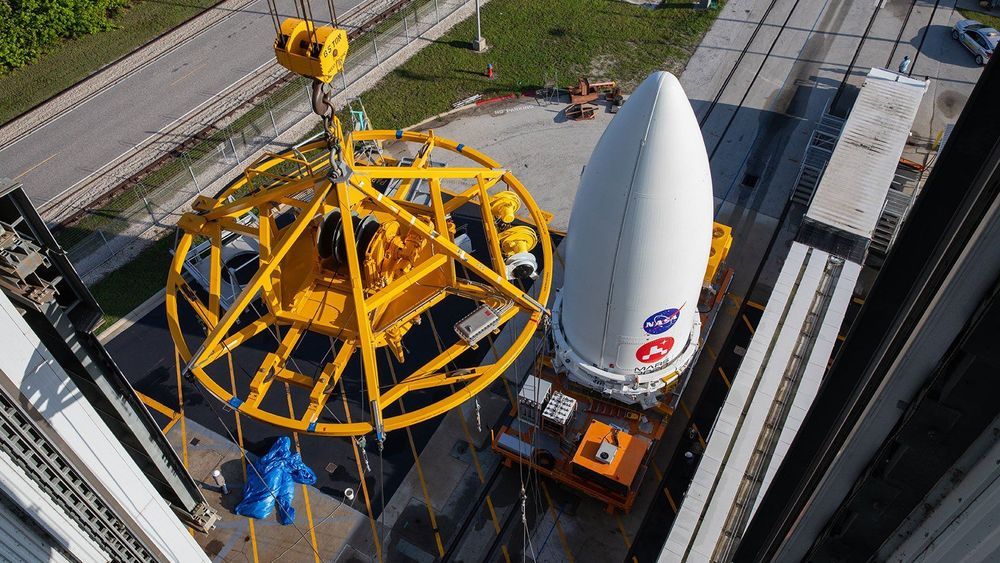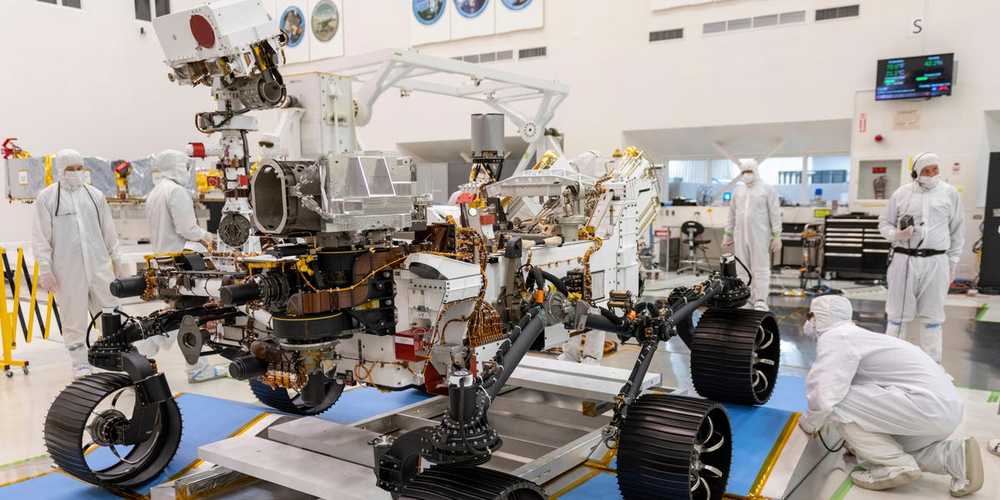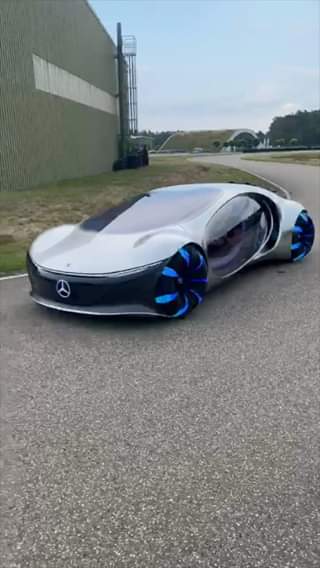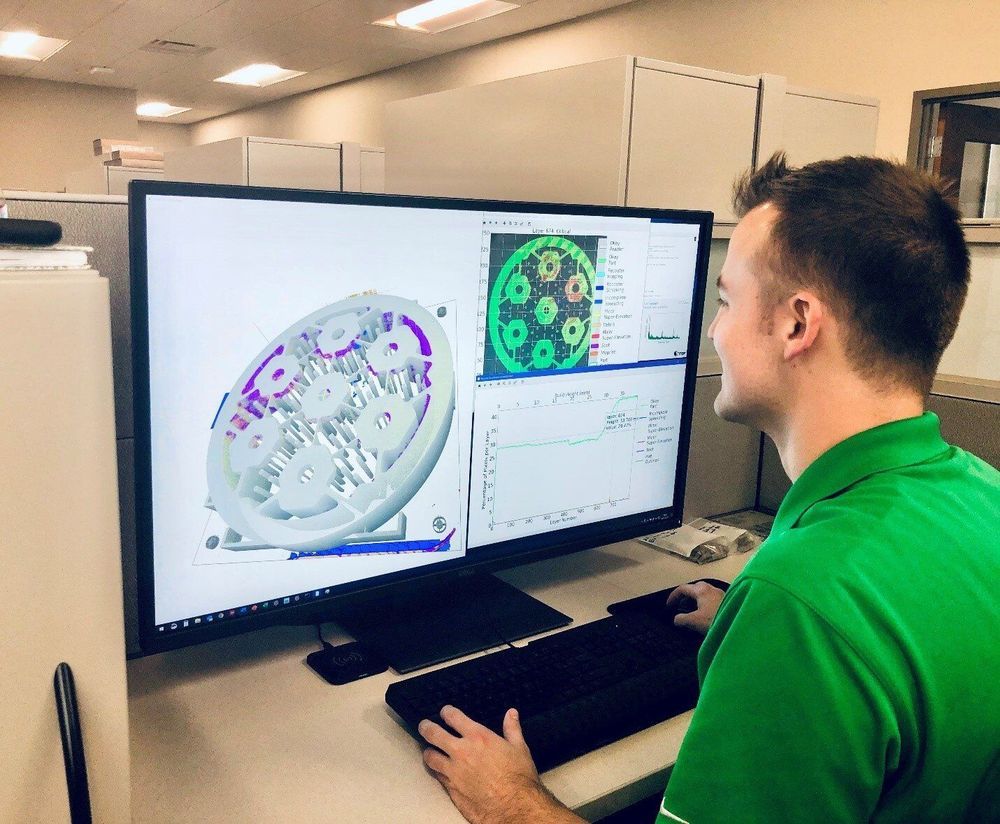
There is no question that motivation is one of the hardest and yet important factors in life. It’s the difference between success and failure, goal-setting and aimlessness, well-being and unhappiness. And yet, why is it so hard to get motivated — or even if we do, to keep it up?
That is the question that scientists led by Professor Carmen Sandi at EPFL and Dr Gedi Luksys at the University of Edinburgh have sought to answer. The researchers worked off previous knowledge that told them two things: First, that people differ a lot in their capacity to engage in motivated behavior and that motivational problems like apathy are common in neurodegenerative and psychiatric disorders. Second, to target an area of the brain called the “nucleus accumbens”.
Sitting close to the bottom of brain, the nucleus accumbens has been the subject of a lot of research. The reason is that it was quickly found to be a major player in functions like aversion, reward, reinforcement, and motivation.









